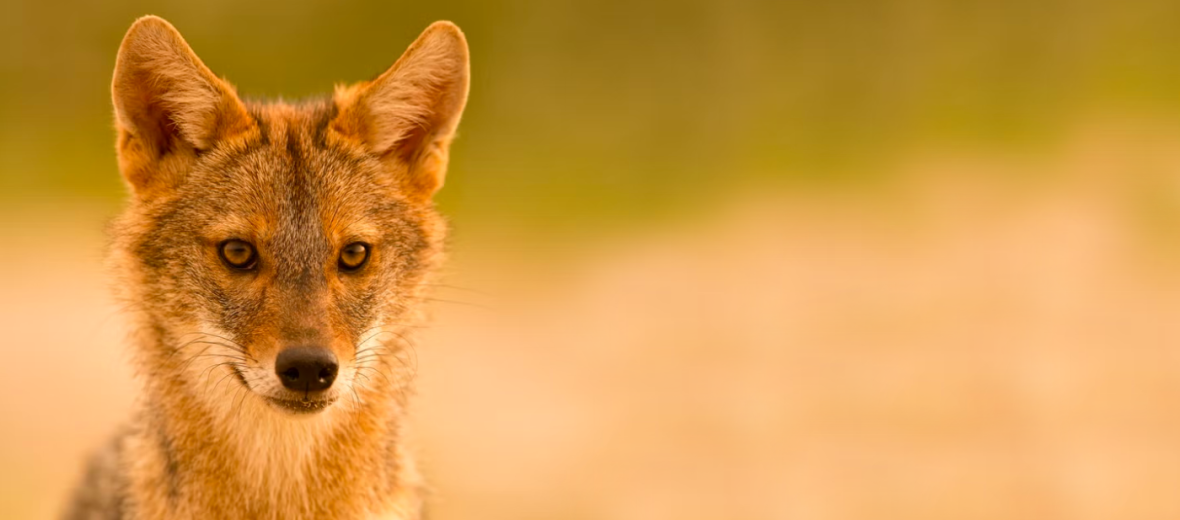
The golden jackal, aka Asiatic jackal, Eurasian golden jackal, common jackal, or reed wolf, can be spotted from northern and eastern Africa, to southern and eastern Europe, across southern and over to eastern Asia. They prefer reed flood-lands, thickets of prickly shrubs, and forests, near rivers, riverine tributaries, lakes, canals, and even seashores. In an amazing comeback story, these critters have not only begun to repopulate areas where they were once living but were driven out, but they are also populating new areas as well. Their numbers are increasing and as such, they are listed as Least Concern by the IUCN.
First the Stats…
Scientific name: Canis aureus
Weight: Up to 24 lbs.
Length: Up to 33 inches, plus up to a 9.84 inch tail
Height: Up to 15.75 inches, at the shoulders
Lifespan: Up to 16 years
Now on to the Facts!
1.) The populations that live near humans are nocturnal (active at night). The individuals that live in more remote locations are partially diurnal (active during the day).
2.) Packs consist of a mated adult pair and their offspring.
3.) Their greatest success is when they hunt in pairs.
4.) These opportunistic predators and scavengers prey on hares, reptiles, ground dwelling birds and their eggs, young gazelles, fish, frogs, insects, mice, rats, fruit, and even carrion (dead animals).
5.) The patrolled territory is up to 1.86 square miles.
But wait, there’s more on the golden jackal!
6.) Even though they sometimes dig their own dens, they tend to use abandoned dens from other animals.
7.) Golden jackals are monogamous (mate for life).
Did you know…?
These canids are often wiped out due to rabies and distemper. Another foe are ranchers who kill these canines as pests and livestock predators.
8.) The female in a pack will fiercely keep away other random females from her partner.
9.) Females undergo up to a 63 day gestation (pregnancy) that can yield up to 9 pups.
10.) Offspring will assist their parents in the upbringing of new pups. This is known as alloparenting.
But wait, there’s still more on the golden jackal!
11.) In the absence of prey, these critters can subsist on vegetation only, for a short while.
12.) In an effort to protect her pups, the dominant female mother will relocate her pups to new dens every couple of weeks.
Did you know…?
Howling is a means to exhibit the pair bond.
13.) Yapping or yelling calls are emitted when prey animals are located.
14.) 46% of their diet consists of plant matter and 54% is animal based.
15.) Although they are shy towards strangers, domesticated golden jackals take on a sort of family dog behavior.
Now a Short Golden Jackal Video!
Be sure to share & comment below! Also, check out the Critter Science YouTube channel. Videos added regularly!
Want to suggest a critter for me to write about? Let me know here.



